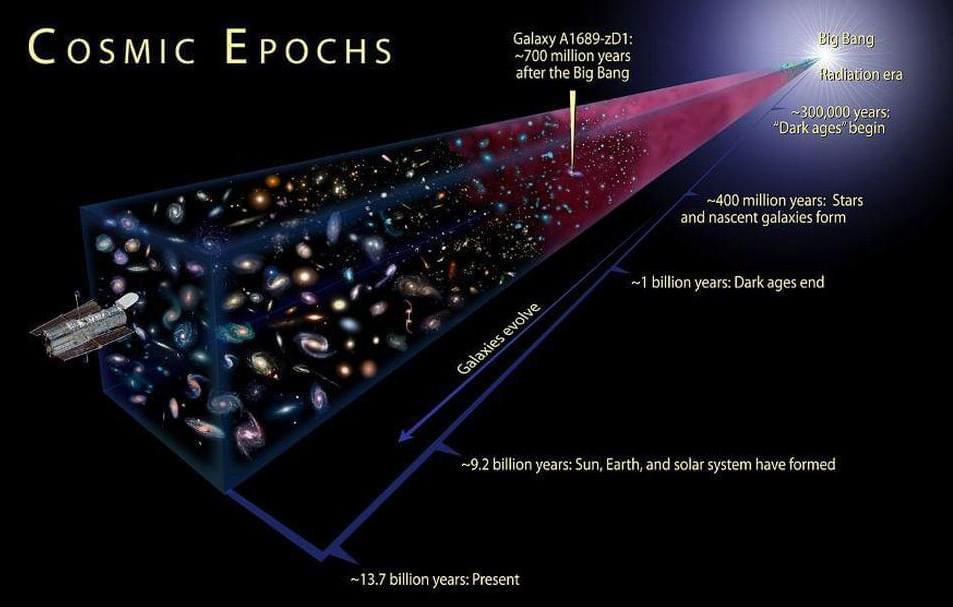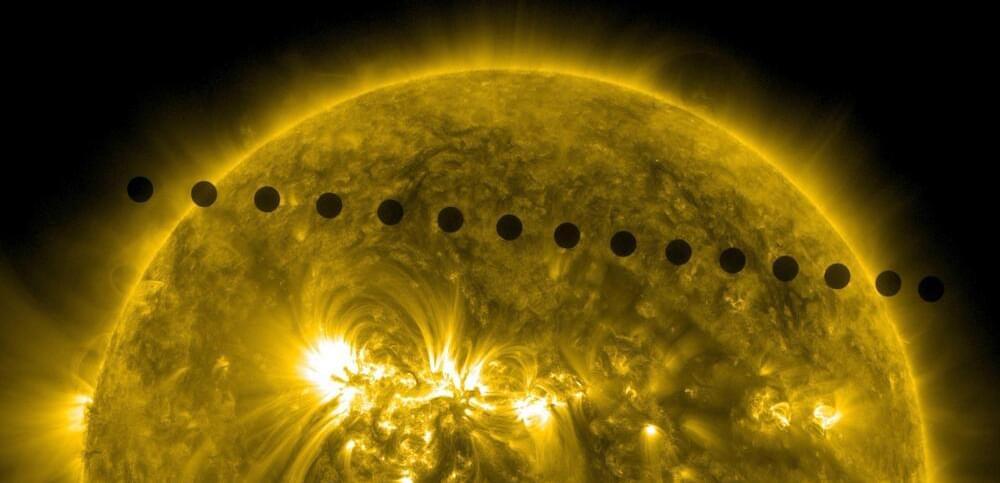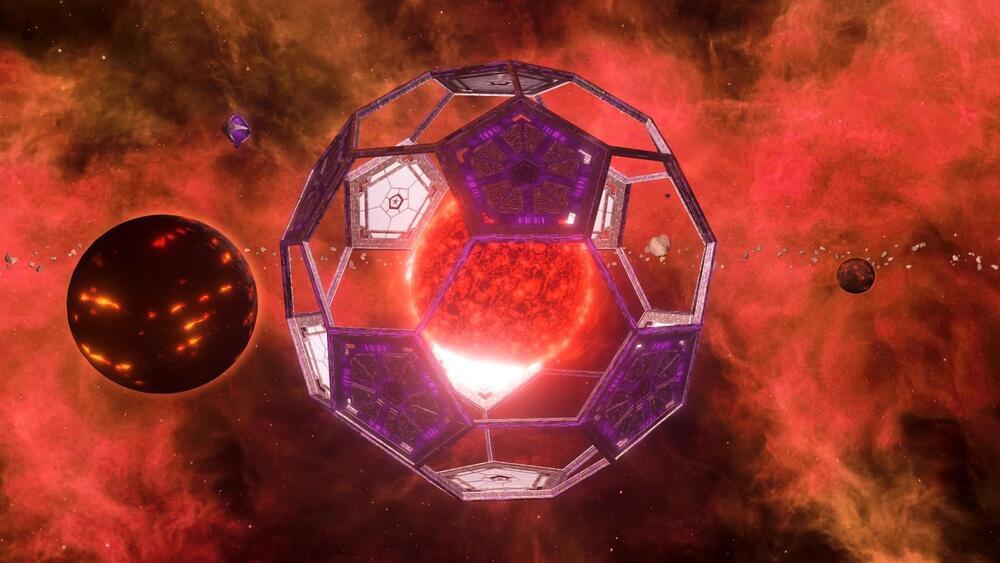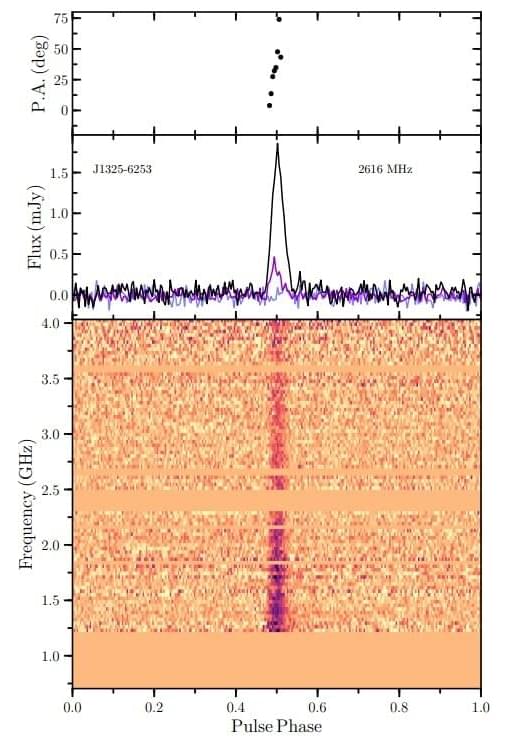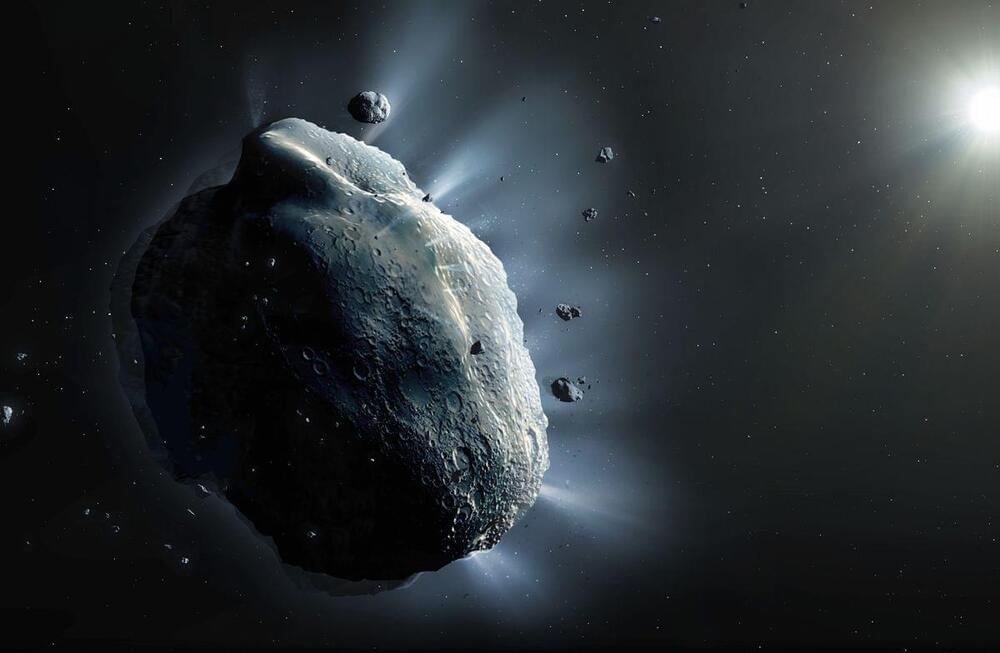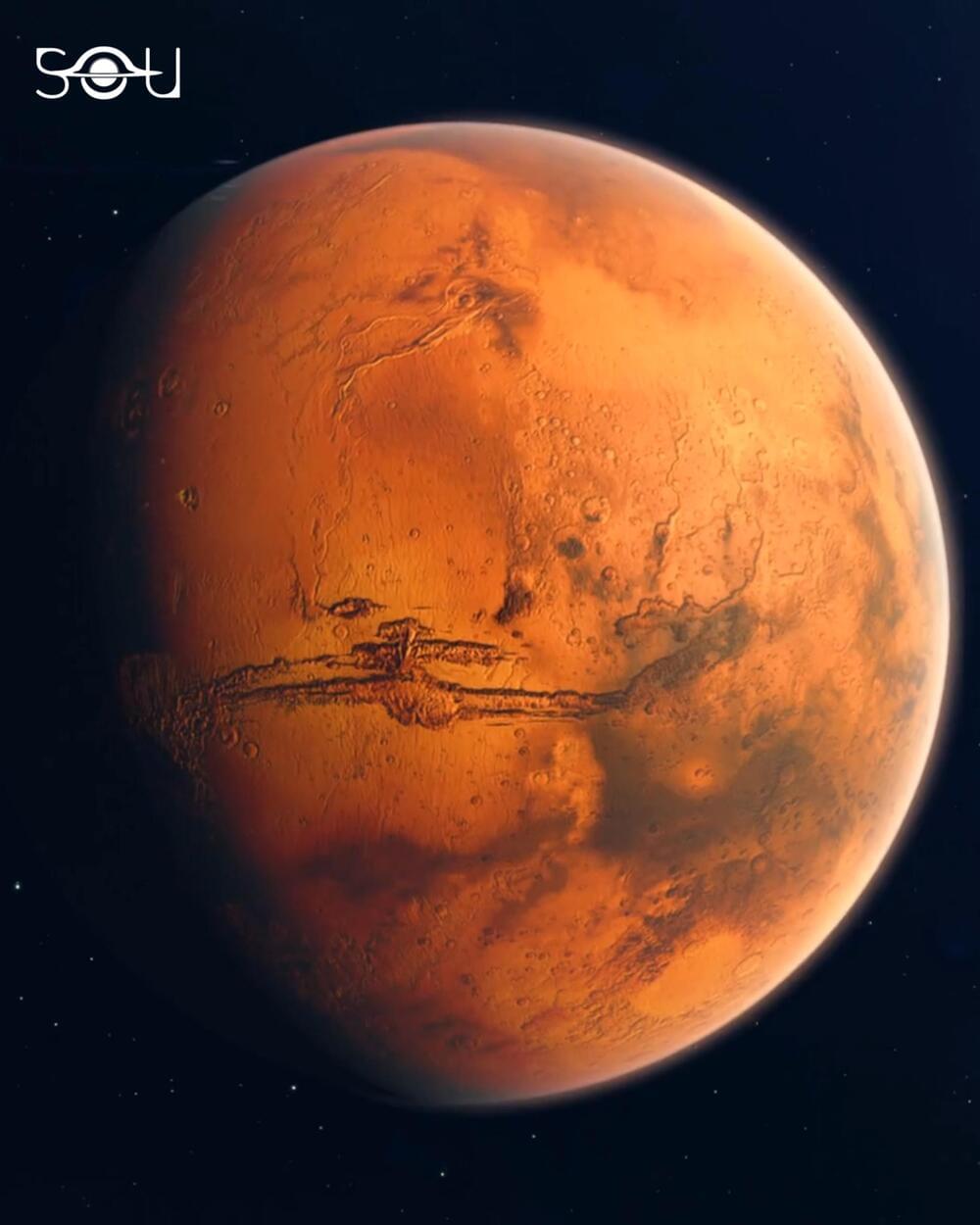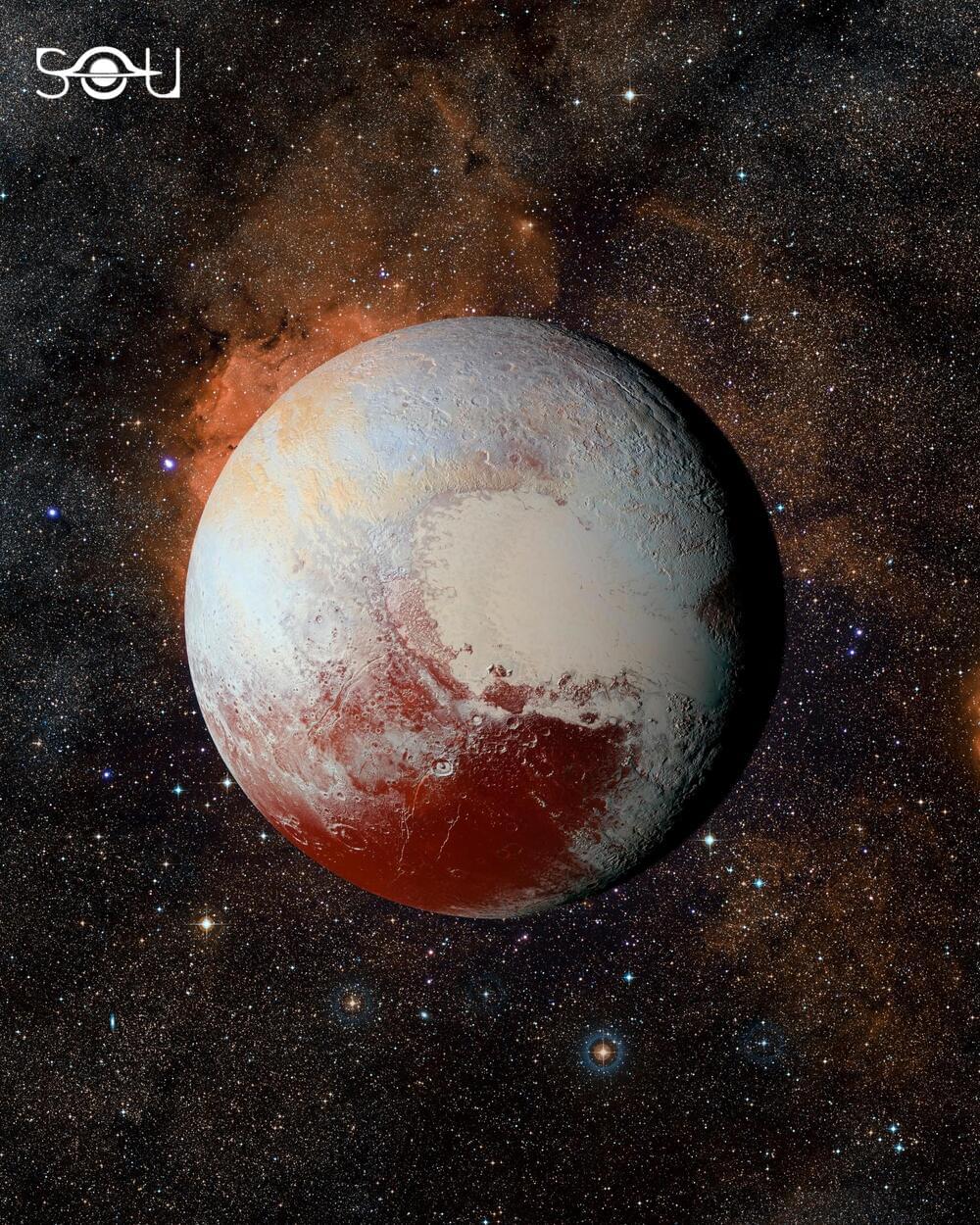Apr 26, 2022
NBBJ designs net-zero school for neurodiverse children in California
Posted by Shubham Ghosh Roy in categories: education, space
US-based architecture studio NBBJ has released designs for a net-zero school in Encino, California, that will cater to neurodiverse students.
The design of the Lower School campus of Westmark School uses acoustic technologies, as well as the integration of flora and natural materials, to create a comfortable environment for students with special needs.
“Designers selected a variety of sound-absorbing materials for different spaces, developed reading nooks and other niches for creative learning both inside and outside the classroom, and oriented views to green space to enhance different educational modes,” said NBBJ.

